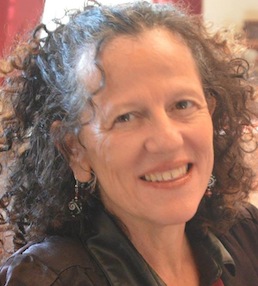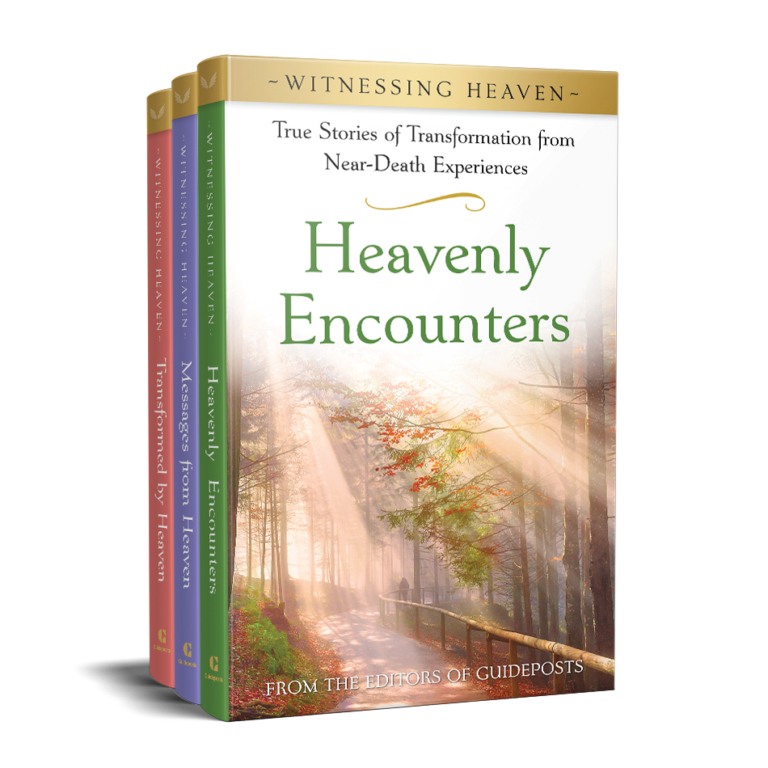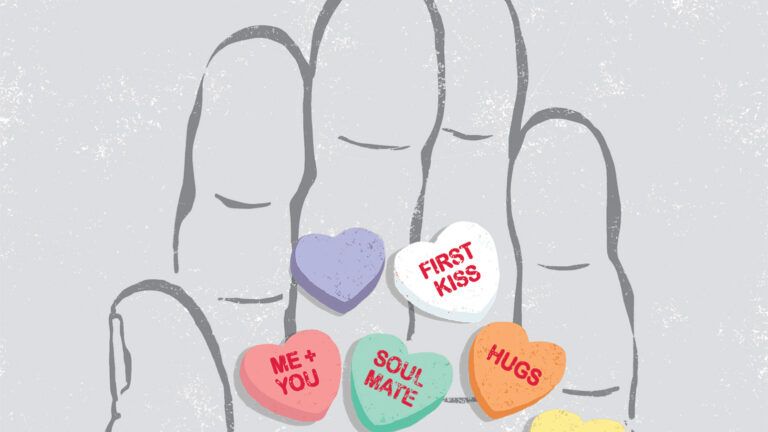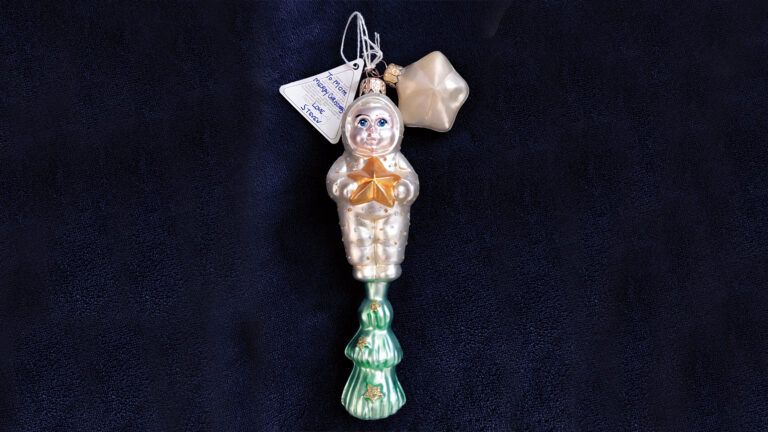My interview with linguist Lisa Smartt, founder of the Final Words Project and author of the upcoming Words at the Threshold, continues below. In Part 1, Lisa spoke about her father’s speech in the last weeks of his life. Here she talks about the patterns she’s uncovered in the words of the dying, and what it may reveal about life after death.
You’ve analyzed almost 2,000 end-of-life phrases. What trends and patterns have you found?
There’s a trend away from literal three-dimensional and five-sense language to more metaphoric language. For example, someone might say, “I need my passport” when there’s no real trip planned. Or they might utter nonsensical phrases like, “Introductory offer: Closed for goods and services,” “Drape my legs across the fireplace” and “There is so much so in sorrow.”

Read More: Do Angels Really Have Wings?
In general, things that are deeply meaningful to people in their lives form the architecture for the metaphors people construct when dying. So people who love sailing will speak about ships or boats waiting for them. Repetition is also much more common in the language of the dying than in ordinary speech. For example, “How much wider does this wider go?”
Is there anything in the speech patterns that’s surprising?
Several of the constructs in the language of the dying are relatively complex. It is intriguing to me that as our brains diminish in capacity such language emerges. Sustained narratives are common. Someone might say, “I need my map,” then that will change to, “Who has my suitcase? I need my suitcase,” followed by, “My suitcase is packed. I am ready to go now.”
These metaphors evolve over days, weeks. Most of us would not recall something we said 10 days ago and be able to sustain the narrative. How is it that as we are dying we can have a metaphor, develop it, remember it and articulate it over a period of time? So many of the things that I have observed in people’s language, like this, indicates to me that there is, indeed, some kind of realm beyond this one.
What does the “nonsense talk” of the dying reveal about life after death?
There are several kinds of nonsense we observe at the end of life and each reveals interesting things:
1) A prepositional shift.
Prepositions are those small words we use to indicate where we are in space (up, down, besides, etc.). We hear people talk in really puzzling ways about their orientation in space as they are dying. People lying motionless will say how they’re moving up or need to be pulled down. Technically it’s complete nonsense. But if you look at these statements in the context of research into near-death experiences (NDEs), they make sense.
People who’ve had a NDE talk about moving up and over their bodies. Clearly there is something, a spirit in us that is not our bodies. And that spirit moves in ways that our bodies can’t as we approach the threshold.
2) Hybrid, nonsensical sentences.
Someone might say, “I need my checkbook as I have to pay to get in…” Pay to get in? Where? Again, it’s technically nonsense, but often compelling. The dying person appears to have one foot in this reality and another in some other reality.
3) The observation of beautiful dimensions.
For example, one person said, “A place that is so beautiful, is shining like diamonds, Mom, oh my God, Mom, so beautiful!” This is nonsense because it’s a place not witnessed by the living. But when one hears people refer to these places, we have to ask–if this is just the imagination, then why is it that our imaginations see these things specifically at the end of life? Why do these images seem to comfort people so profoundly if they’re just make-believe?
4) Talk of deceased loved ones.
Often times, the dying see deceased family and friends who feel very “alive” to them. I get the sense that there are two different dimensions rather than the distinction of dead versus living. However, the details of that other dimension are often not articulated.
5) Contradictory language.
We see more paradoxical language in the dying, just as we see with people who’ve had a NDE. Contradictory statements from someone who’s experienced a NDE might be, “I have never felt as alive as when I was dead.” People talk about how difficult it is to speak about a NDE–it is ineffable. In the language of the dying, it’s the same thing. That indicates another experience that can’t be explained by ordinary language.
Stay tuned for part 3 of our interview coming soon. In the meantime, you can ask Lisa a question about last words in the comments below.






